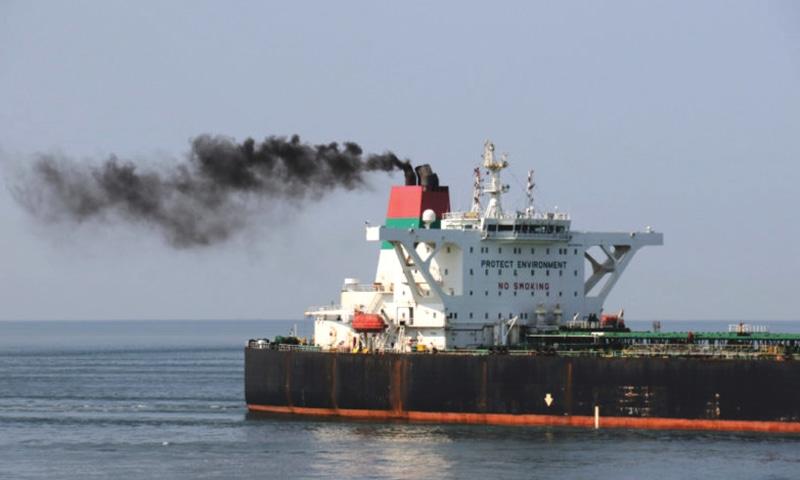Bunker Fuel: Powering the Maritime World
Bunker fuel, also known as marine fuel or ship fuel, is a crucial component that powers the maritime industry. It is a heavy fuel oil used in ships and large vessels to propel them across oceans and facilitate international trade and transportation. This article delves into the characteristics, types, environmental impact, regulations, and the future outlook of bunker fuel.
Characteristics of Bunker Fuel:
Bunker fuel is a residual fuel oil that remains after the more valuable refined products such as gasoline, diesel, and jet fuel have been extracted from crude oil during the refining process. As a result, it has a high viscosity and density, making it suitable for powering large marine engines. Its high energy content and stability ensure that ships can carry massive cargo loads across vast distances efficiently.
Types of Bunker Fuel:
Bunker fuel is categorized into different grades, namely IFO (Intermediate Fuel Oil) 180, IFO 380, IFO 500, and IFO 700, depending on their viscosity and sulfur content. The higher the number, the more viscous and less environmentally friendly the fuel tends to be. However, as the shipping industry moves towards reducing its environmental impact, there is a growing demand for low-sulfur alternatives such as Marine Gas Oil (MGO) and Liquefied Natural Gas (LNG) as well.
Environmental Impact:
Bunker fuel combustion releases significant amounts of greenhouse gases, sulfur oxides (SOx), and nitrogen oxides (NOx), contributing to air pollution and climate change. Additionally, the accidental spillage of bunker fuel can lead to marine pollution, impacting marine ecosystems and coastal environments. The International Maritime Organization (IMO) has implemented regulations, such as the International Convention for the Prevention of Pollution from Ships (MARPOL), to address these environmental concerns. The IMO's global sulfur cap, effective from January 2020, limits the sulfur content of bunker fuel to 0.5%, significantly reducing sulfur emissions.
Regulations and Compliance:
To meet international standards, shipowners and operators must ensure compliance with the IMO's regulations on sulfur emissions and other environmental pollutants. This has led to the installation of scrubbers, which remove sulfur oxides from exhaust gases, or a transition to low-sulfur fuel alternatives. Additionally, some regions have implemented emission control areas (ECAs) with even stricter fuel requirements to protect sensitive marine environments.
The Future of Bunker Fuel:
As the shipping industry continues to grapple with environmental challenges and strives for sustainability, the future of bunker fuel is undergoing transformation. The development of cleaner and more efficient propulsion technologies, including alternative fuels like hydrogen, ammonia, and biofuels, holds promise in reducing emissions and mitigating the impact on the environment. Additionally, advancements in digitalization and artificial intelligence are enhancing vessel efficiency, optimizing fuel consumption, and reducing carbon footprints.
In conclusion, bunker fuel remains the lifeblood of the maritime world, playing a vital role in global trade and transportation. While it has been essential for powering the growth of economies, its environmental impact has also been a matter of concern. As the industry moves towards a more sustainable and eco-friendly future, the adoption of cleaner fuel options and advanced technologies will shape the evolution of bunker fuel and its role in the shipping industry.
